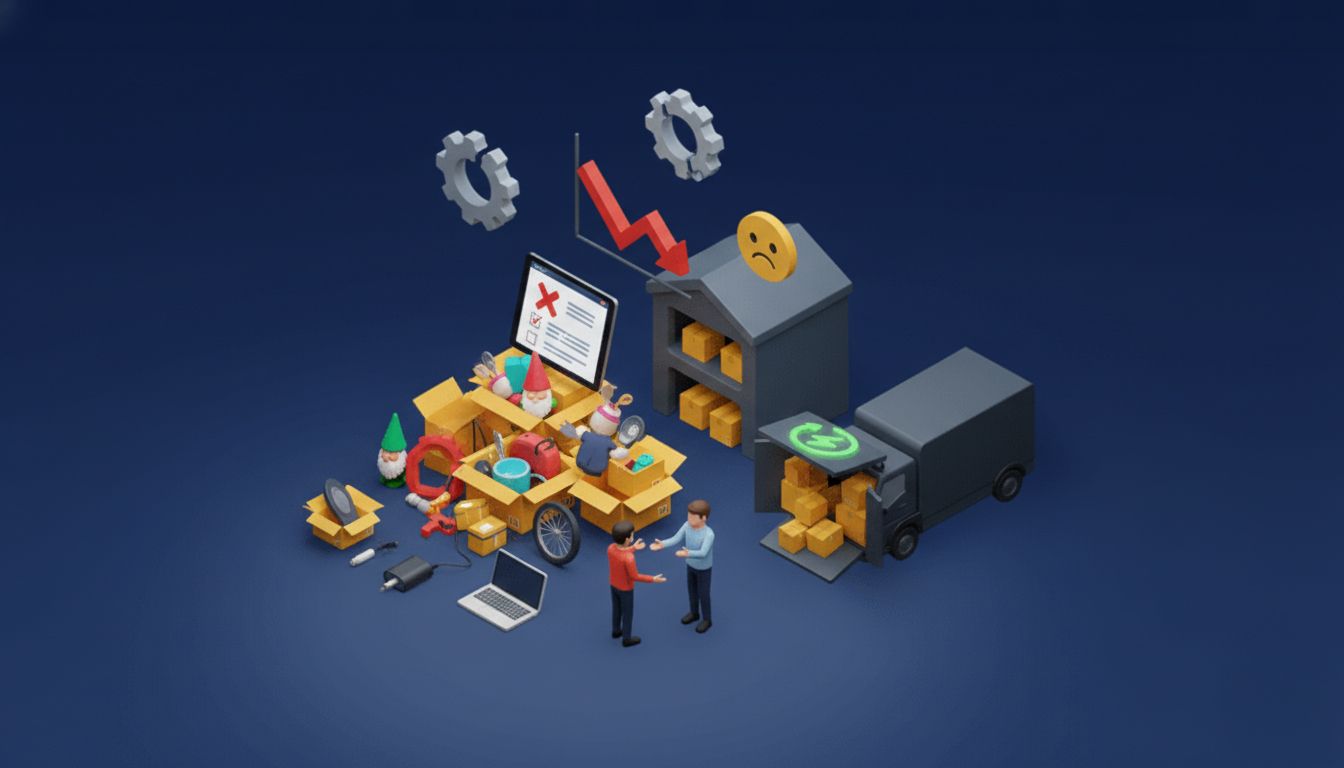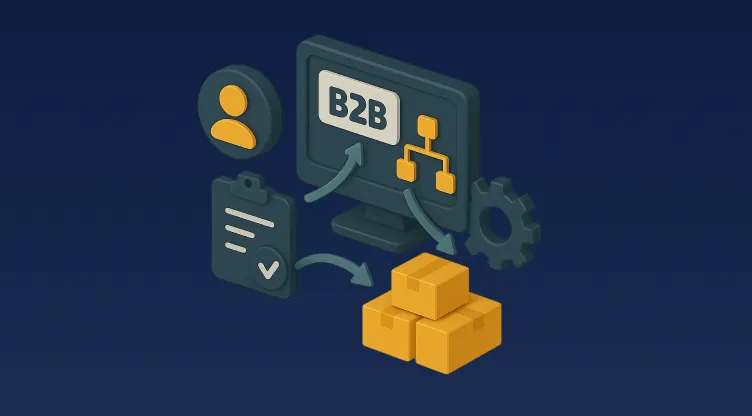Sustainability and Profitability: The New Supply Chain Equation
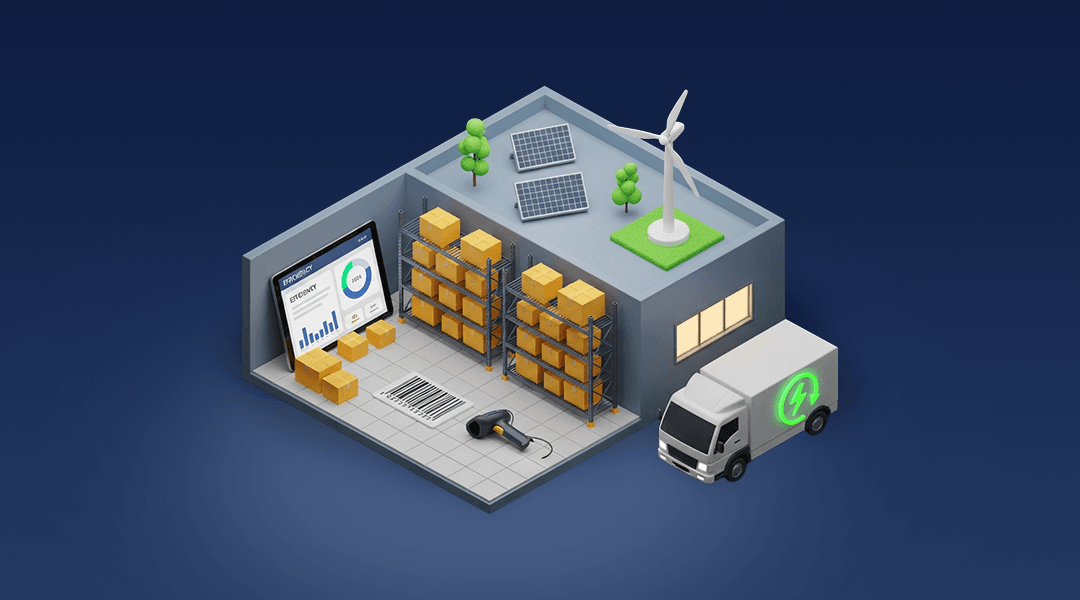
İçindekiler
For years, sustainability was viewed as a financial burden, especially in high-cost sectors like logistics and supply chain management. Compliance, reporting, and clean-energy transitions once meant sacrificing part of the bottom line.
Today, the opposite is true. With the rise of digital technologies, AI, and operational intelligence, sustainability has become a direct path to efficiency and cost reduction.
Recent studies confirm this shift: Veridion (2024) found that supply chains aligned with Environmental, Social, and Governance (ESG) principles can be up to 16% less costly than traditional models, thanks to smarter energy use, optimized transport, and reduced material waste. Meanwhile, McKinsey estimates that logistics generates over 10% of global emissions, making green transformation both an ethical duty and an economic necessity.
The key question now is:
How can technology turn sustainability from a cost center into a growth driver?
The answer lies in redefining the link between cost and innovation, and with it, the future of modern supply chains.
Technology Is Redefining the Cost–Sustainability Relationship
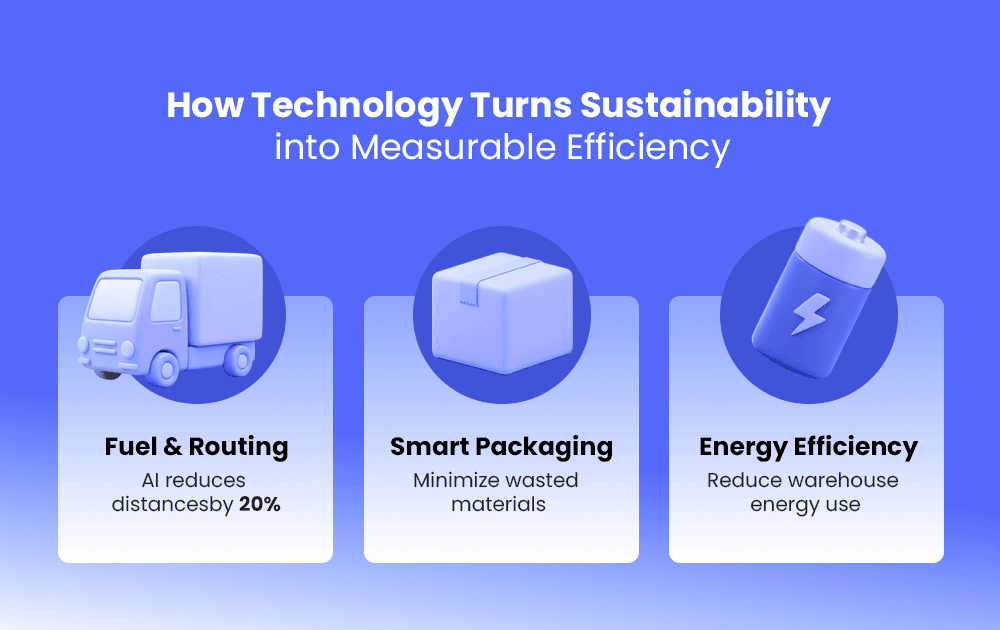
Digital transformation in logistics is no longer limited to automation or speed; it has become an essential driver of both economic and environmental performance. Through AI, data analytics, and the Internet of Things (IoT), organizations can monitor resources precisely and make instant decisions that minimize waste and maximize productivity.
| Operational Challenge | Technological Solution | Financial & Environmental Impact |
|---|---|---|
| Rising fuel costs and emissions | AI-powered routing and smart navigation | Up to 20% reduction in mileage and fuel consumption |
| Excessive or non-recyclable packaging | Smart packaging algorithms and right-sizing | Reduced material costs and less waste |
| High energy bills in warehouses | Energy management systems and solar power integration | Lower electricity use and higher operational efficiency |
| Full dependence on road transport | Multimodal transport planning (road–sea–rail) | Up to 70% lower emissions in long-haul routes |
These technologies do more than achieve sustainability goals, they deliver tangible cost advantages and create operational agility, giving companies a true competitive edge.
From Initiative to System
Sustainability cannot be achieved through a single policy or one-off campaign; it requires an integrated system that connects technology, operations, and data.Global leaders in logistics and manufacturing follow a structured roadmap toward sustainable transformation:
- Define priorities: Start with a focused domain such as transportation or warehousing.
- Gather and analyze data: Measure energy use and emissions precisely.
- Apply the right technologies: AI-driven forecasting, energy management, predictive analytics.
- Review and refine: Continuously assess outcomes and adjust operational strategies.
- Institutionalize integration: Connect all systems under one platform for real-time decision-making.
By following this approach, sustainability evolves from an external obligation into an embedded operational culture.
Measuring Progress: The Green KPI Framework
Sustainability is only meaningful when its impact can be measured. Green KPIs (Key Performance Indicators) create a unified framework that connects environmental and operational performance:
| KPI | Measures | Value |
|---|---|---|
| CO₂ emissions per tonne-km | Carbon efficiency in transport | Tracks true carbon footprint and efficiency gains |
| Fuel consumption per km | Route and vehicle efficiency | Reduces waste and improves logistics planning |
| Energy use per sq. meter in warehouses | Facility energy efficiency | Identifies optimization opportunities |
| Share of renewable energy | Clean energy adoption | Balances cost savings with emission reduction |
| Return and damage rate | Packaging and transit quality | Cuts reverse logistics waste and enhances customer experience |
With consistent measurement, sustainability becomes a performance metric, not a marketing slogan.
Global and Regional Integration
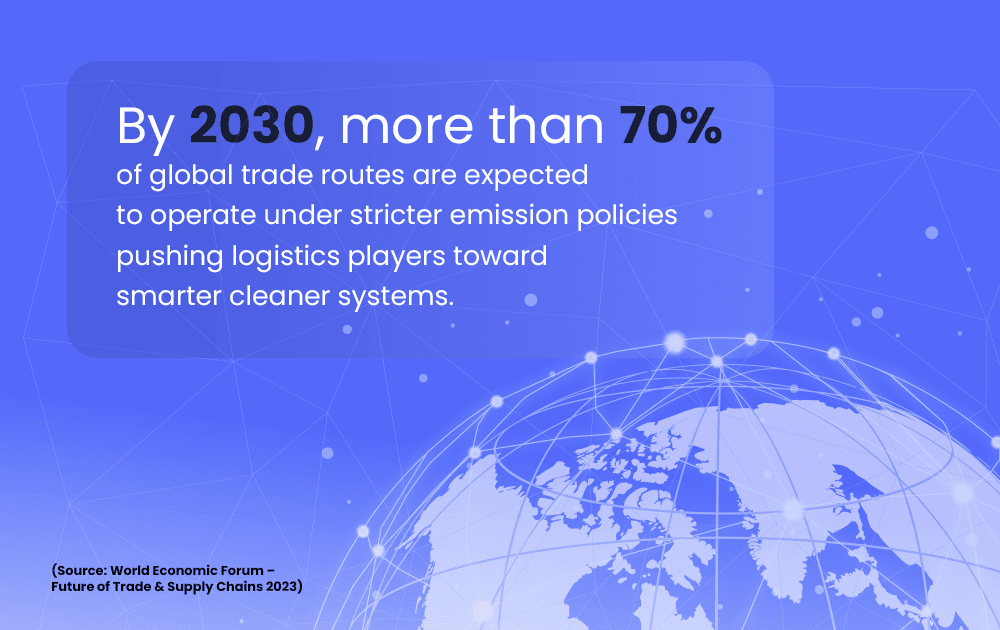
The transition toward greener supply chains has become a worldwide movement, bridging the strategies of advanced and emerging markets alike. In Europe and North America, strict emission policies are driving innovation in transport and energy. Across Asia and the Middle East, large-scale initiatives are focusing on renewable power, digital logistics zones, and smart infrastructure.
In this landscape, the Gulf region — led by Saudi Arabia and the UAE — stands out as a fast-moving example of integrating sustainability into national growth strategies. Mega projects such as NEOM and new logistics zones are becoming living laboratories for the supply chains of the future, combining innovation, technology, and environmental governance.
Sustainability has become a shared global language, not tied to geography or policy, but to the universal pursuit of operational excellence.
When Technology and Sustainability Converge
Studies by ESG Dive show that companies integrating renewable energy, AI-based planning, and smart transport systems have achieved 10–20% cost reductions without compromising service quality. At the same time, investors and financial institutions are increasingly linking funding and credit terms to ESG performance, making green transformation both a financial and strategic advantage.
Omniful: Connecting Intelligent Operations with Sustainable Impact
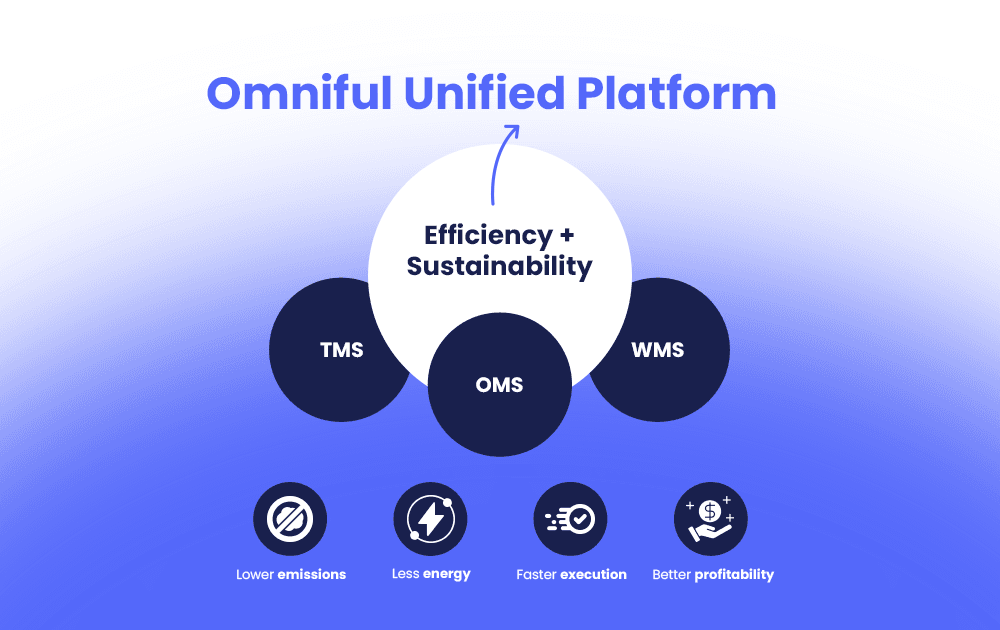
In a world where technology and sustainability intersect, Omniful delivers an integrated vision for the modern supply chain, one that unites operational excellence, data intelligence, and environmental responsibility in a single platform.
Through its unified suite, Order Management (OMS), Warehouse Management (WMS), and Transportation Management (TMS). Omniful empowers businesses to build connected, transparent, and efficient supply chains, leveraging real-time data and predictive insights to reduce waste, optimize energy use, and elevate customer experience.
As global markets race toward carbon neutrality and smarter operations, Omniful provides the technology to make that transformation achievable, turning sustainability from an aspiration into measurable performance.
Omniful’s vision goes beyond technology itself; it’s about shaping every operational decision into a step toward a smarter, leaner, and more sustainable supply chain.
Conclusion
Sustainability is no longer a regulatory checkbox, it’s a new language of efficiency.
In an era of digital supply chains, companies that align technology with sustainability will lead the next chapter of global logistics. And Omniful stands at the intersection of both, enabling a future where profitability and sustainability move in perfect sync.










